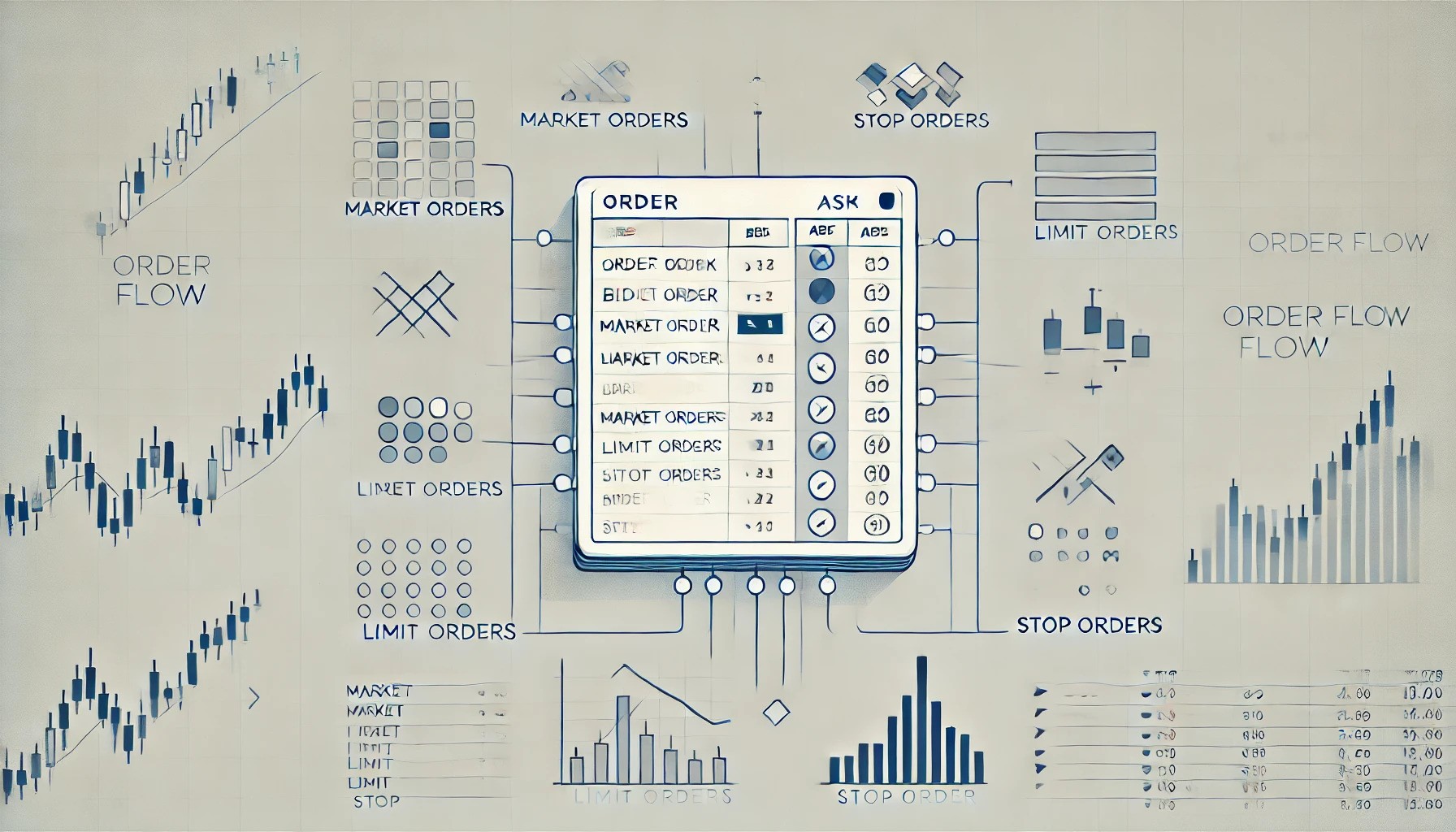The Greeks: A Breakdown
Options trading might seem like a tangled mess of jargon, but once you get a handle on the Greeks, it all starts to make sense. Think of the Greeks like the ingredients in your favorite family recipe. Each one brings its own flavor and function, and understanding them helps you whip up a perfect trading strategy.
1. Delta: The Speedster
What it is: Delta measures the rate of change in the option’s price for a $1 change in the underlying asset’s price.
Analogy: Imagine Delta as the gas pedal in your car. The more you press it, the faster you go. If Delta is 0.5, for every dollar the stock price moves, the option price moves by 50 cents.
Real-world example: Let’s say you own a call option for Apple Inc. (AAPL) with a Delta of 0.7. If AAPL’s stock price rises by $1, your option’s price will increase by $0.70. So, if AAPL is trading at $150 and the call option is priced at $5, and the stock jumps to $151, your option would now be worth $5.70. Apple’s the juggernaut of tech, so riding this Speedster could be a thrill—just like seeing your phone’s battery life survive a whole day!
2. Gamma: The Accelerator
What it is: Gamma measures the rate of change of Delta for a $1 change in the underlying asset’s price.
Analogy: Think of Gamma as the sensitivity of your gas pedal. It tells you how quickly your speed (Delta) changes. If Delta is the speed, Gamma is how quickly you accelerate or decelerate.
Real-world example: Suppose you have a call option for Tesla Inc. (TSLA) with a Gamma of 0.05 and Delta of 0.4. If TSLA’s stock price rises by $1, Delta increases from 0.4 to 0.45. This means your option’s price would rise even faster on the next dollar move. If TSLA is trading at $700 and the option is priced at $20, after a $1 move, the Delta increase will make your option price rise approximately to $20.45. Tesla’s known for its wild rides, and this Accelerator keeps you on your toes—kind of like keeping up with Elon Musk’s tweets!
3. Vega: The Storm Watcher
What it is: Vega measures the sensitivity of the option’s price to changes in the volatility of the underlying asset.
Analogy: Vega is like keeping an eye on the weather forecast for a sudden storm. The more unpredictable the weather (higher volatility), the more on edge (or valuable) everyone gets.
Implied Volatility: Before diving into Vega, let’s understand implied volatility. Implied volatility is the market’s forecast of a likely movement in a stock’s price. Higher implied volatility means the market expects big price swings, while lower implied volatility means the market expects smaller price changes.
Real-world example: Imagine you have an option on Netflix Inc. (NFLX) with a Vega of 0.15. If NFLX’s implied volatility increases by 1%, your option’s price will rise by $0.15. If NFLX is trading at $500 and the option is priced at $10, with a 1% increase in volatility, it will now be worth $10.15. Netflix is notorious for plot twists, much like how market volatility can turn on a dime, making Vega a crucial part of the script—kind of like waiting to see if your favorite character survives another season!
4. Theta: The Timekeeper
What it is: Theta measures the rate at which an option’s price declines as time passes, all else being equal.
Analogy: Theta is like a melting ice cream cone on a hot day. As time ticks by, the value (or the ice cream) drips away.
Real-world example: You have an option on Amazon.com Inc. (AMZN) with a Theta of -0.10. This means the option’s price will drop by 10 cents each day, assuming nothing else changes. If AMZN is trading at $3000 and the option is priced at $50, the price will drop to $49.90 the next day due to Theta. Amazon delivers just about everything, but it can’t deliver more time to your decaying options—kind of like waiting for your Amazon package to arrive!
Vega’s Effect on Theta: When implied volatility (Vega) increases, the option price rises, leading to a higher rate of time decay (Theta). For example, a Theta of -0.10 may change as Vega increases from 0.15 to 0.30. Conversely, when volatility decreases, the option’s premium diminishes more rapidly, and the rate of Theta decay can also change accordingly. Thus, Theta values are directly impacted by changes in Vega.
5. Rho: The Interest Rate Guy
What it is: Rho measures the sensitivity of the option’s price to changes in interest rates.
Analogy: Think of Rho as the interest you earn on your savings account. A higher rate means more interest (or more value) for your options.
Real-world example: Suppose you have a call option on JPMorgan Chase & Co. (JPM) with a Rho of 0.05. A 1% increase in interest rates will increase the option’s price by 5 cents. If JPM is trading at $150 and the option is priced at $2, with a 1% increase in interest rates, it will now be worth $2.05. With JPMorgan, you’re banking on those interest rates to nudge your option’s value up—kind of like hoping your bank account interest will actually make a noticeable difference one day!
How the Greeks Interconnect
Just like a well-cooked meal, the Greeks don’t operate in isolation. They blend and influence each other in complex but predictable ways.
Delta and Gamma: A Dynamic Duo
Interaction: Delta tells you the immediate price move of the option, while Gamma tells you how Delta itself will change as the stock price moves.
Example: Suppose you own a call option on Microsoft Corp. (MSFT) with a Delta of 0.5 and Gamma of 0.1. If MSFT’s stock price rises by $1, Delta increases to 0.6, making your option more sensitive to further price movements. If MSFT is trading at $250 and the option is priced at $5, after a $1 move, the option price would be approximately $5.50 due to Delta, and Delta itself changes, making future price moves affect the option value more. Microsoft’s steady-as-she-goes nature means less rollercoaster and more cruise control—like finding your software actually updates without any glitches!
Theta and Vega: Time vs. Volatility
Interaction: Theta represents time decay, while Vega represents sensitivity to volatility. They often pull in opposite directions.
Example: As time passes (Theta doing its work), the option’s price decreases. But if volatility spikes (Vega kicks in), the option’s price can increase, offsetting some of Theta’s effect. For instance, owning a straddle (buying at-the-money call and put options) on Alphabet Inc. (GOOGL) during earnings can illustrate this balance, as Theta erodes value daily, but Vega can spike with increased volatility, boosting option prices. If GOOGL is trading at $1500 and the straddle option is priced at $30, Theta might decrease it by $0.10 per day, but a volatility increase of 1% might add $0.20, making it $30.10 instead. It’s like having a melting ice cream cone (Theta) at a carnival where a surprise band shows up (Vega), and suddenly everyone wants a bite!
Rho and Delta: Interest Rates and Stock Moves
Interaction: While Rho measures interest rate sensitivity, it can indirectly affect Delta because interest rates influence stock prices.
Example: A rise in interest rates might boost stock prices, indirectly increasing the Delta of call options. For example, if interest rates rise and positively affect financial stocks like Bank of America Corp. (BAC), call options on BAC might see their Delta increase due to the rising stock price. If BAC is trading at $35 and the call option is priced at $1.50 with a Delta of 0.4, a rise in interest rates could push the stock to $36, increasing the option price to $1.90 due to Delta. Think of Rho as the gentle breeze (interest rate changes) affecting a sailboat (stock price). A shift in the wind (interest rates) can change the boat’s speed and direction (Delta), even if subtly—like sailing smoothly and realizing you’re going faster than expected!
Delta and Theta: Speed and Time
Interaction: As an option approaches expiration, Theta (time decay) increases, but Delta can become more extreme, nearing 1 or 0 for calls and puts, respectively.
Example: A short-term option on Facebook, Inc. (META) with a high Delta will lose value quickly due to Theta, but small stock price moves can significantly impact its price. If META is trading at $300 and the option is priced at $10 with a Delta of 0.8 and Theta of -0.20, the price will drop to $9.80 the next day due to Theta, but if the stock rises by $1, it will increase to $10.60 due to Delta. It’s like running a race. As you near the finish line (expiration), every second (Theta) counts more, and your speed (Delta) can make or break your race.
Gamma and Theta: Sensitivity and Decay
Interaction: High Gamma options are often short-term, meaning they also have high Theta. The rapid change in Delta comes with quick time decay.
Example: A short-term at-the-money option on NVIDIA Corporation (NVDA) has a high Gamma and Theta, making it very sensitive to price moves but also losing value rapidly as expiration approaches. If NVDA is trading at $500 and the option is priced at $15 with a Gamma of 0.08 and Theta of -0.30, a $1 rise in stock price increases the option price to $15.08, but the next day it will drop to $14.78 due to Theta. Imagine juggling flaming torches. The closer they get to your hands (expiration), the more carefully you need to adjust (Gamma), but the faster you must move to avoid burns (Theta).
All Greeks in Action: A Complete Example
Let’s take a hypothetical option on Alphabet Inc. (GOOGL), currently trading at $1500, with the following Greeks: Delta = 0.5, Gamma = 0.05, Theta = -0.10, Vega = 0.20, and Rho = 0.03. The option is priced at $25.
Scenario: GOOGL’s stock price rises by $1, implied volatility increases by 2%, time passes by one day, and interest rates rise by 0.5%.
-
Delta:
- Initial Delta = 0.5
- Stock price rises by $1
- Option price change due to Delta = 0.5 * $1 = $0.50
- New option price = $25 + $0.50 = $25.50
-
Gamma:
- Gamma = 0.05
- Delta change due to Gamma = 0.05 * $1 = 0.05
- New Delta = 0.5 + 0.05 = 0.55
-
Theta:
- Theta = -0.10
- One day passes
- Option price change due to Theta = -$0.10
- New option price = $25.50 – $0.10 = $25.40
-
Vega:
- Vega = 0.20
- Volatility increases by 2%
- Option price change due to Vega = 0.20 * 2 = $0.40
- New option price = $25.40 + $0.40 = $25.80
-
Rho:
- Rho = 0.03
- Interest rates increase by 0.5%
- Option price change due to Rho = 0.03 * 0.5 = $0.015
- New option price = $25.80 + $0.015 = $25.815
After all these changes, the new option price is approximately $25.82.
GOOGL’s option just had a full day’s workout with all the Greeks at play—Delta and Gamma with price changes, Theta with time decay, Vega with volatility swings, and Rho with interest rate shifts. It’s like watching a juggling act with flaming torches, balancing everything just right!
Wrapping It Up
The Greeks might seem like a handful at first, but once you get the hang of them, they become invaluable tools in your trading arsenal. By understanding Delta, Gamma, Theta, Vega, and Rho, you can better predict and manage the behavior of options in your portfolio.
So, whether you’re navigating a bull market or a bear market, knowing your Greeks is like having a trusty map and compass. It’s the difference between wandering aimlessly and reaching your trading goals with confidence and precision. Just like a perfect family recipe, getting the ingredients right makes all the difference. So, dive into the world of options, mix those Greeks just right, and enjoy the profits sizzling on your trading grill. Happy trading, y’all!




